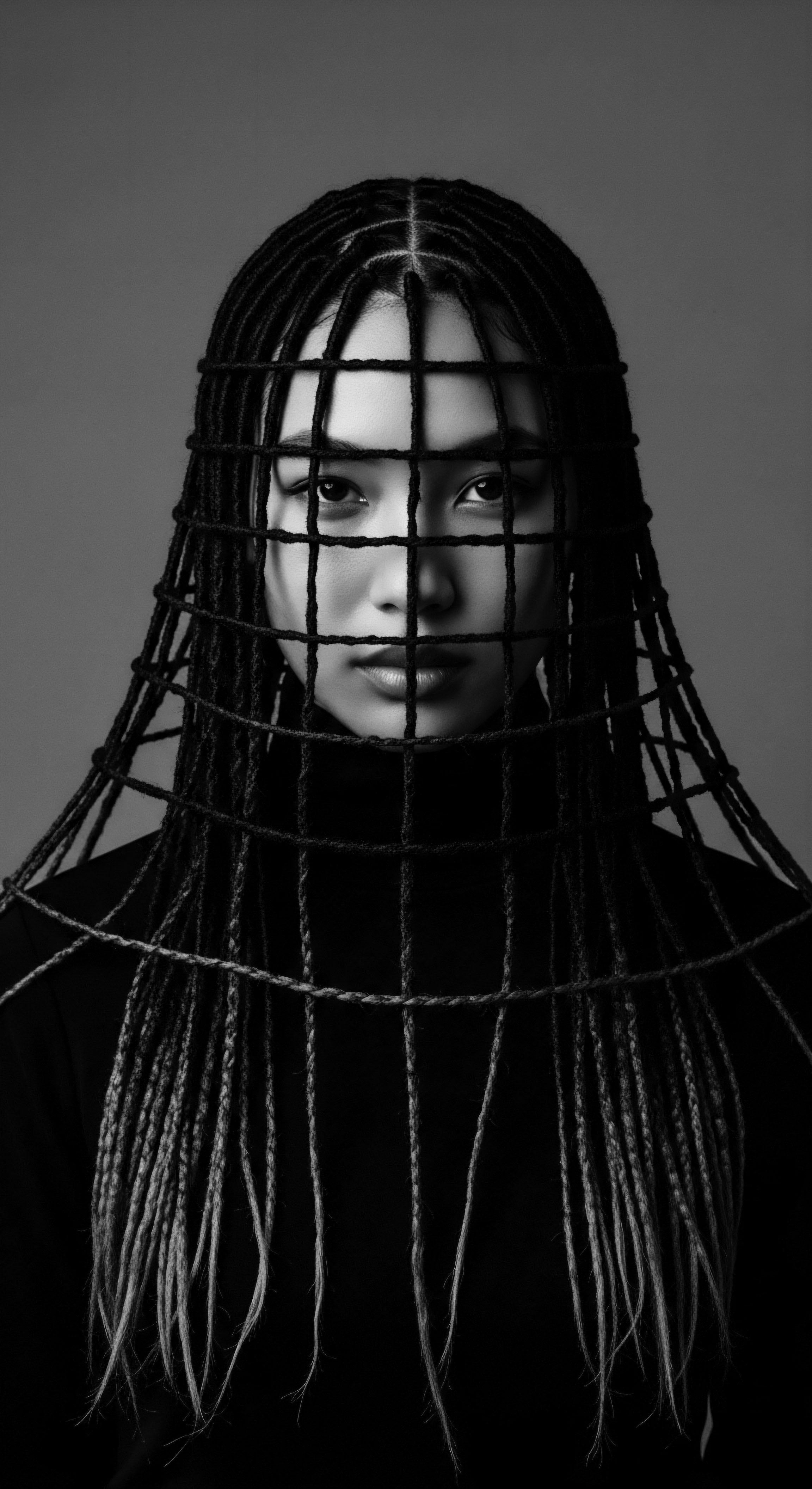
Roots
The story of textured hair, a narrative sculpted by time and circumstance, speaks to more than mere strands upon a head; it is a profound testament to survival, identity, and the enduring power of ancestral wisdom. For generations, the relationship between Black and mixed-race communities and their hair has been deeply personal, communal, and often, political. Within this vibrant heritage, traditional plants stand as silent, steadfast guardians, their botanical whispers echoing through centuries of care rituals. These aren’t simply botanical curiosities; they are foundational elements, woven into the very fabric of how textured hair has been understood, nurtured, and celebrated.
Consider the intricate coiled and spiraled structure that defines textured hair, a marvel of natural engineering. This distinct morphology, with its varying degrees of curl and density, shapes its unique needs and vulnerabilities. Historically, without the precise tools of modern science, ancestral communities observed and responded to these needs with an ingenuity that leaves us in quiet admiration.
Their solutions lay directly within their natural surroundings—the verdant landscapes that provided both sustenance and sustenance for the hair itself. This intimate connection to the earth, to the rhythm of plant life, formed the earliest pharmacopoeia for hair care.
Traditional plants serve as a foundational element, woven into the very fabric of how textured hair has been understood, nurtured, and celebrated across generations.

Hair Anatomy and Ancient Wisdom
The biology of a hair strand, particularly one with a significant curl pattern, differs from its straighter counterparts. The elliptical shape of the follicle, for instance, dictates the degree of curl, causing the hair shaft to twist as it grows. These twists mean more points of potential breakage, and the open cuticle layers often found along the curves allow moisture to escape more readily. Ancestral practices, though lacking our contemporary microscopic view, intuitively addressed these concerns.
Their formulations targeted issues like dryness, brittleness, and breakage, long before these terms entered scientific lexicons. The knowledge of which plants conferred moisture, which offered strength, and which provided slip for detangling was meticulously gathered and passed down through oral traditions. This collection of practical wisdom, amassed over millennia, forms a powerful historical precedent for much of what modern hair science now validates.
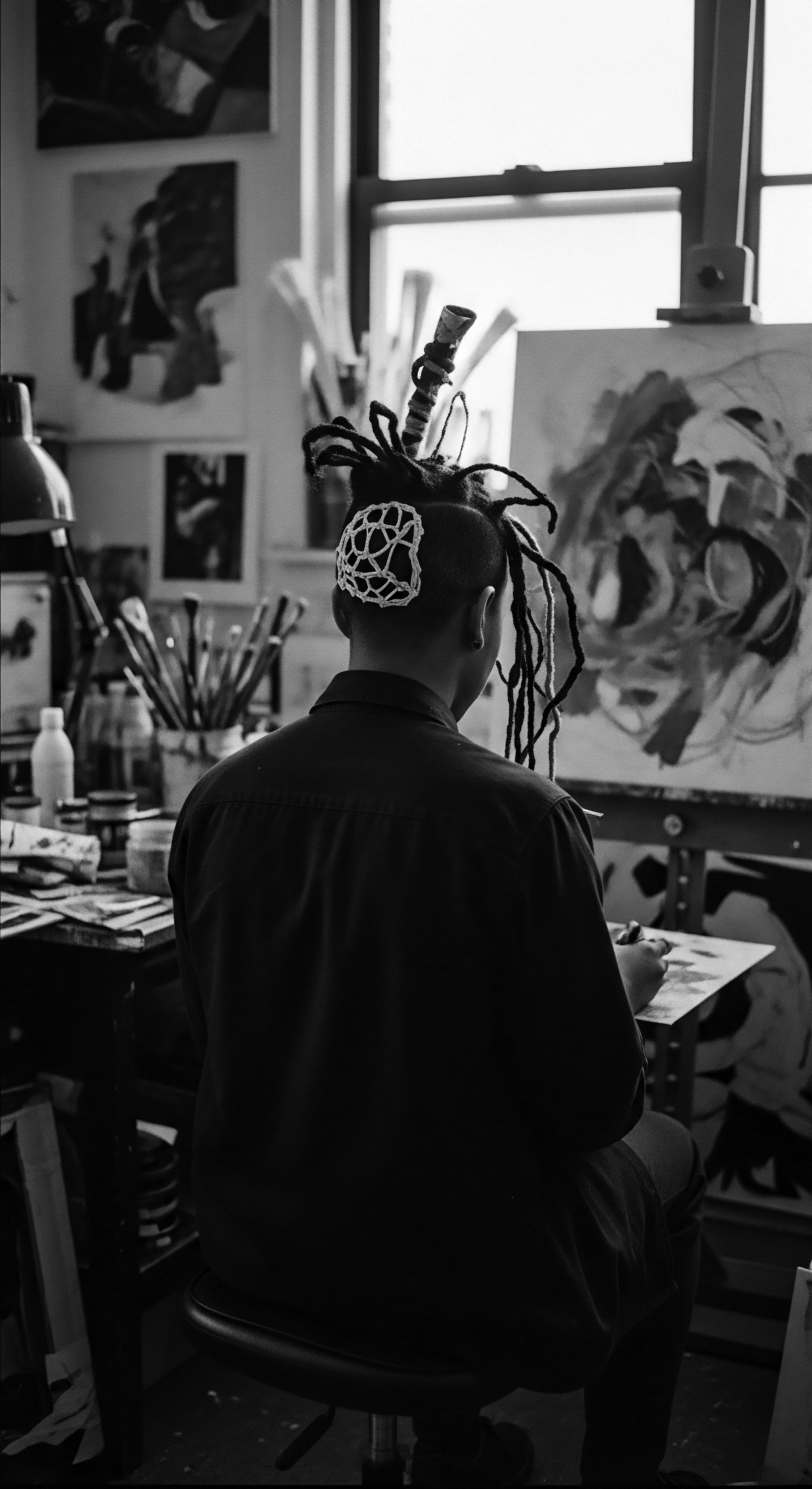
How Did Ancestors Understand Hair Structure?
While ancient communities lacked electron microscopes, their understanding of hair mechanics derived from keen observation and empirical evidence. They recognized the need for lubrication to minimize friction during styling, leading to the widespread use of rich oils and butters. They grasped the fragility of wet strands, prompting gentle handling.
This experiential wisdom informed the development of hair care regimens that inherently respected the hair’s coiled architecture. The very acts of twisting, braiding, and oiling, so prevalent in African and diasporic traditions, are direct responses to the inherent characteristics of textured hair.

Traditional Classifications of Hair Textures
The idea of classifying hair is not a recent invention. While contemporary systems often rely on numerical and alphabetical scales (like the 3a, 4c designations), traditional societies possessed their own nuanced ways of describing hair, often linked to its behavior, feel, and cultural significance. These ancestral classifications were less about precise curl diameter and more about how hair interacted with elements, tools, and communal styles.
A “soft” hair, for instance, might refer to hair that absorbed oils readily and responded well to coiling, while “strong” hair might denote a more resilient strand suitable for elaborate braiding. These descriptions were often imbued with cultural meaning, linking hair type to lineage, spirituality, or social standing.
- Shea Tree ❉ The Vitellaria paradoxa, deeply rooted in West African heritage, produces shea butter, a cornerstone of traditional hair moisture and protection. Its historical use spans over 3,000 years, with evidence even suggesting its presence in ancient Egyptian hair rituals (Rovang, 2024).
- African Black Soap ❉ Known as ose dudu in Yoruba or alata simena in Ghana, this traditional cleanser originates from West Africa. It comprises ash from plantain skins, cocoa pods, and palm tree leaves, combined with oils like palm oil and shea butter, providing cleansing properties without stripping natural oils.
- Hibiscus ❉ The Hibiscus rosa-sinensis, or Gudhal tree, has been used in India and parts of Africa for centuries to promote hair growth, reduce hair fall, and prevent premature graying. Its flowers and leaves are integral to traditional hair oils and masks.
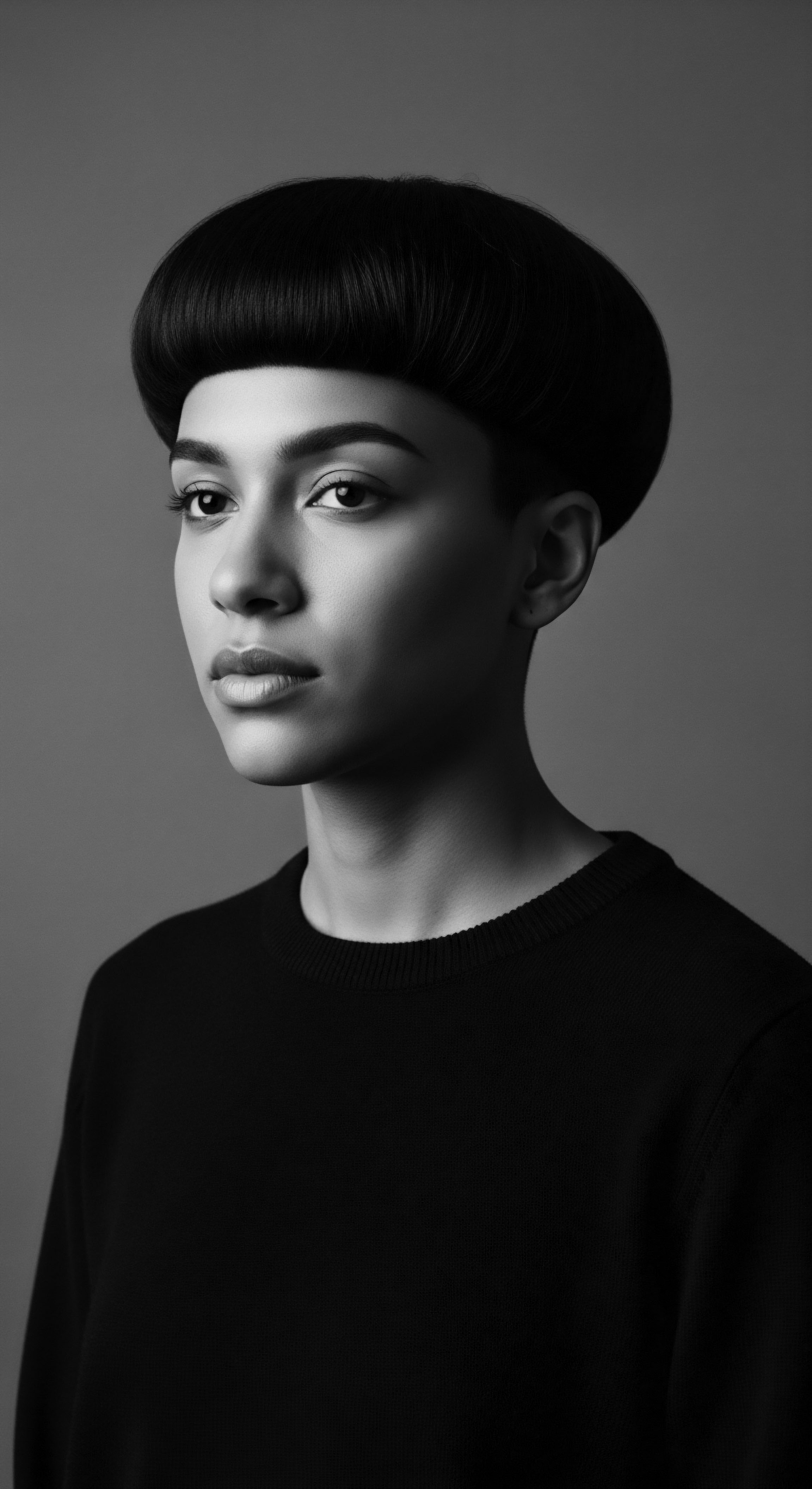
Essential Lexicon of Traditional Care
The language of textured hair care, particularly within Black and mixed-race communities, holds a rich history. Terms like “good hair” or “nappy hair” carried immense social weight, often reflecting colonial influences that valued Eurocentric hair standards. Yet, alongside these imposed constructs, a parallel lexicon flourished—a language of care, resilience, and reclamation.
This indigenous vocabulary describes not just hair types, but also specific plants, tools, and styling methods passed through familial lines. Understanding this lexicon requires acknowledging the historical pressures that shaped perception, alongside the persistent acts of cultural self-definition.
The term “nappy,” for example, often weaponized as a derogatory descriptor, is being re-appropriated by some as a symbol of unapologetic natural beauty, a testament to the coiled strength of Black hair. The act of “oiling” the scalp and strands is not merely a modern trend; it connects directly to ancestral practices of using plant-derived fats and infusions to lubricate, protect, and fortify hair against environmental aggressors. This historical depth underscores the deeply personal and cultural dimensions of textured hair care.
| Traditional Practice/Ingredient Shea Butter (e.g. West Africa) |
| Cultural Context Used for protection from sun/wind, moisturizing, symbol of fertility. |
| Modern Scientific Insight Rich in vitamins A, E, F; provides deep hydration, anti-inflammatory, UV protection. |
| Traditional Practice/Ingredient African Black Soap (West Africa) |
| Cultural Context Used as a gentle cleanser for skin and hair, passed down generations. |
| Modern Scientific Insight Contains plant ash (minerals), palm oil, cocoa pods, shea butter; offers gentle exfoliation, antibacterial properties. |
| Traditional Practice/Ingredient Henna (Ancient Egypt, Middle East, North Africa) |
| Cultural Context Used for hair coloring (red/brown), strengthening, shine, spiritual benefits. |
| Modern Scientific Insight Natural dye from Lawsonia inermis; improves hair texture, strengthens roots, prevents hair fall. |
| Traditional Practice/Ingredient These plant-based approaches reveal an enduring heritage of hair care wisdom, validated by contemporary understanding. |
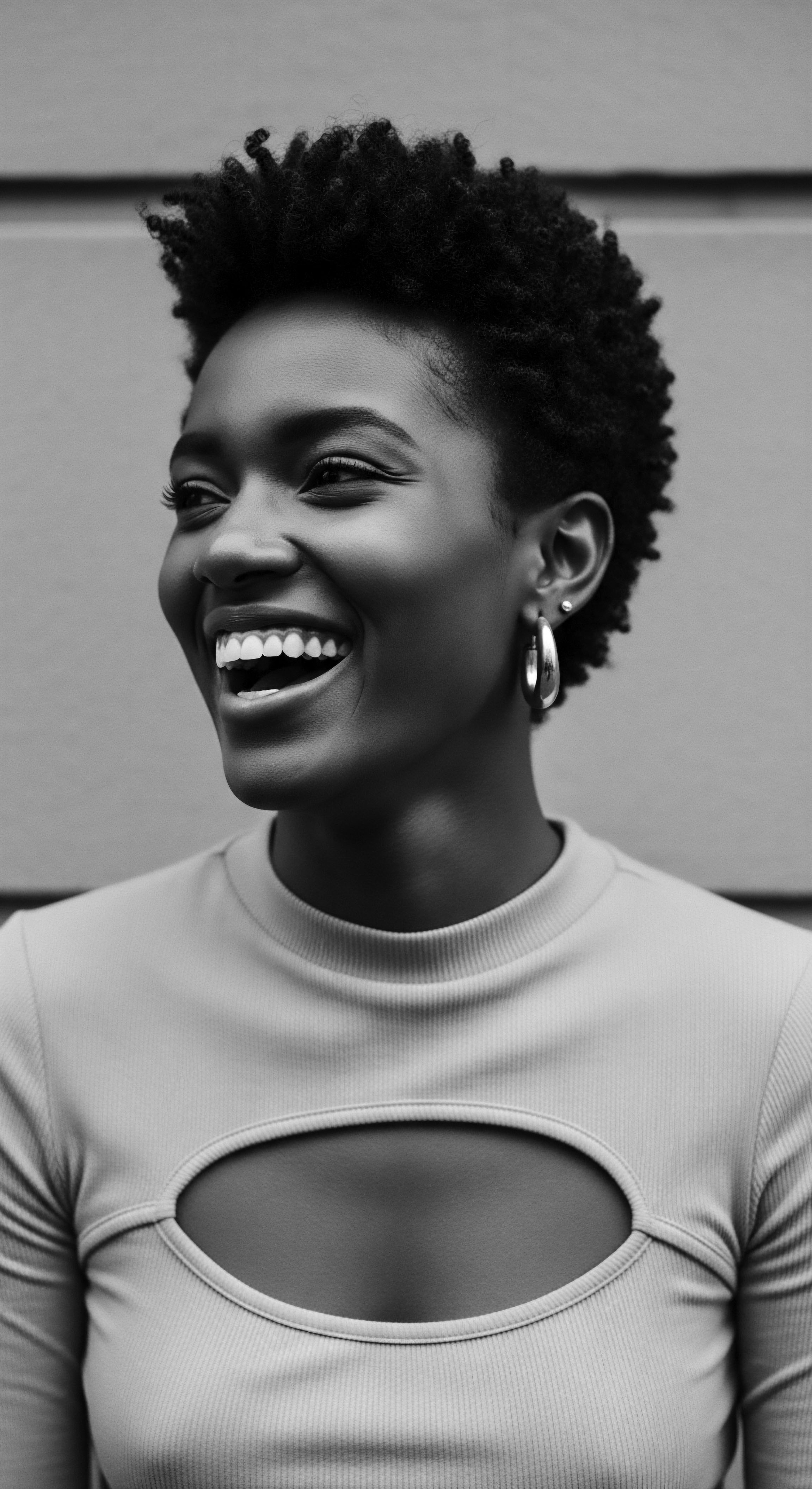
Hair Growth Cycles and Ancestral Influences
The cyclical nature of hair growth—anagen (growth), catagen (transition), and telogen (rest)—is a biological constant. Yet, the health and vibrancy of these cycles can be influenced by a multitude of factors, including genetics, nutrition, stress, and environmental conditions. Ancestral communities, living in closer communion with the land, likely had diets rich in local, nutrient-dense plants that inherently supported hair health.
They understood the seasonal availability of certain herbs and fruits, incorporating them into their routines as both sustenance and topical applications. This holistic approach, where internal wellness and external care were inseparable, optimized the conditions for robust hair growth.
For instance, the inclusion of certain leaves or roots in hair rinses or scalp masques might have delivered essential vitamins and minerals directly to the follicular environment, fostering stronger growth. The cultural reverence for long, healthy hair in many traditions, seen as a sign of vitality or wisdom, spurred continuous experimentation and refinement of these plant-based methods.

Ritual
The hands that once braided hair under sun-drenched skies or meticulously applied plant concoctions carried not merely a technique, but an entire way of being. Hair care, within textured hair heritage, extends beyond the superficial realm of beauty; it becomes a profound ritual, an act of communal bonding, and a quiet assertion of identity. The artistry of styling, the tools employed, and the transformative power of these practices are deeply intertwined with the traditional plants that underpinned them. These are not isolated acts; they are living legacies, echoing the tender threads of care passed from elder to youth, across generations, across oceans.
In every twist, every coil, every strand, there resides a story. This narrative is particularly poignant for Black and mixed-race communities, whose hair has often been a canvas for both oppression and resistance. The very act of caring for textured hair with ancestral plant wisdom becomes a defiant declaration, a reclamation of practices often suppressed or demonized. It is a dialogue with the past, a connection to the enduring spirit of those who came before, who found solace and strength in the natural world around them.
Hair care within textured hair heritage is a profound ritual, an act of communal bonding, and a quiet assertion of identity.

Protective Styling Traditions
Protective styling, now a widely recognized approach to preserving hair length and minimizing manipulation, has ancestral roots stretching back millennia. Braids, twists, cornrows, and various forms of updos were not simply aesthetic choices in traditional African societies; they served practical purposes of hygiene, communication, and protection from harsh environments. These styles often incorporated plant-based oils and butters for lubrication and hold, enhancing both the longevity of the style and the health of the hair.
The intricate patterns conveyed messages about social status, age, marital status, or even tribal affiliation. The plants used in conjunction with these styles—like shea butter for shine and moisture, or specific herb infusions for scalp health—were integral to their efficacy and cultural meaning.
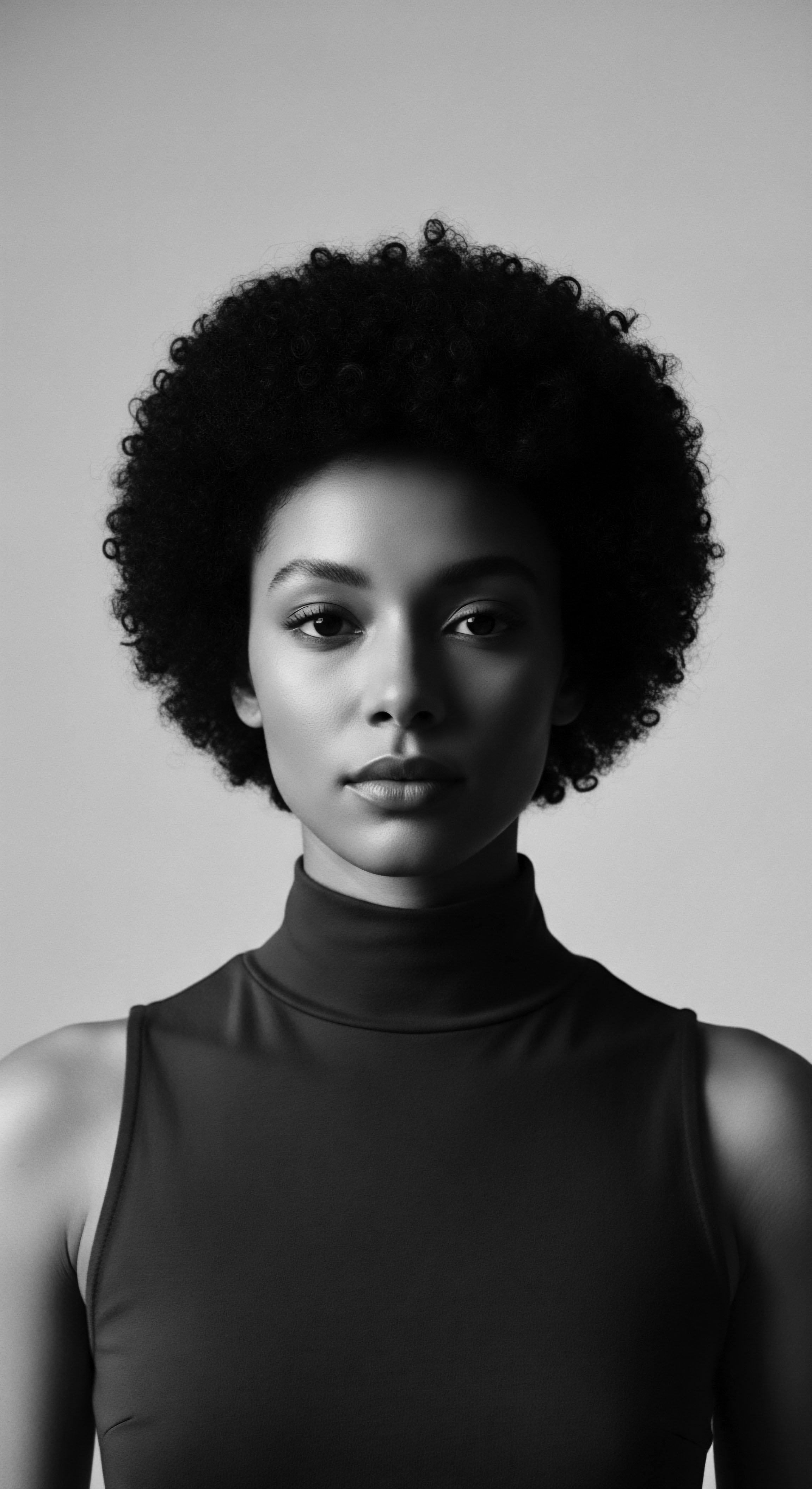
How Did Traditional Plants Support Protective Styles?
Consider the ancient use of indigenous oils and butters. They provided the essential slip needed for tight braiding without causing undue tension or breakage. Certain plant extracts also acted as natural sealants, locking in moisture and protecting the hair from dust, sun, and other environmental stressors.
The communal nature of these styling sessions, often taking hours, created spaces for storytelling, shared wisdom, and the reinforcement of cultural bonds. The physical act of braiding itself, often accompanied by the subtle scent of plant infusions, contributed to a sensory experience deeply tied to heritage.
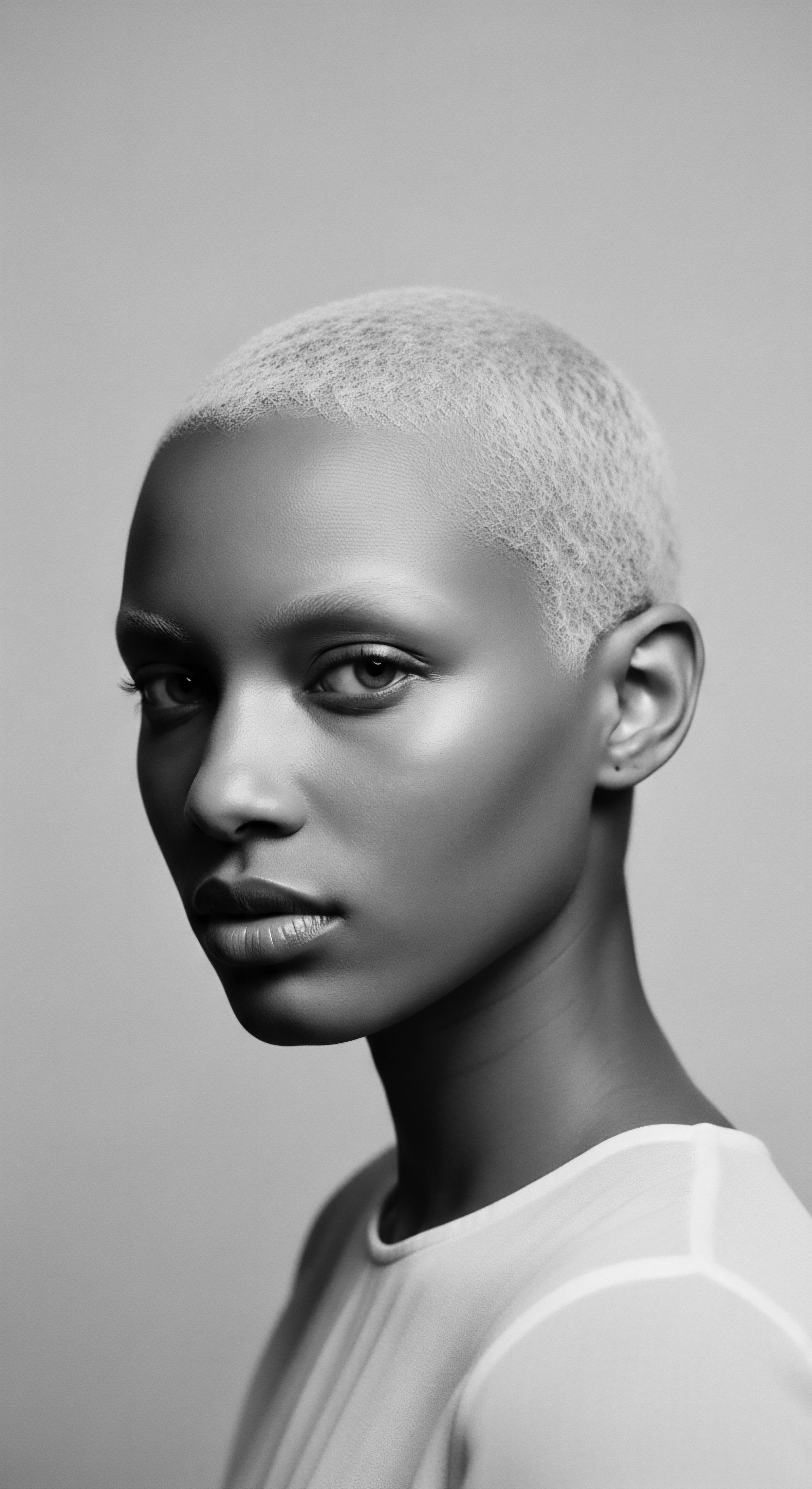
Natural Styling Techniques and Ancestral Definition
Beyond protective styles, ancestral communities developed methods to define and enhance the natural curl and coil patterns of textured hair. While modern products rely on complex chemical formulations, traditional practices harnessed the mucilaginous properties of certain plants or the conditioning effects of others to clump curls, reduce frizz, and impart a healthy sheen. These techniques allowed the hair to be worn in its natural state with vitality and beauty, honoring its intrinsic form.
For example, in parts of the Caribbean, women historically used ingredients like aloe vera directly from the plant for its conditioning and defining properties. In Brazil, traditional practices often incorporated natural ingredients like cupuaçu butter and andiroba oil, which continue to resonate with consumers seeking connection to Brazil’s natural heritage for hair strength and scalp health (Bonafide Research, 2030). This practice speaks to a reverence for the hair’s organic shape, rather than attempts to alter its fundamental structure.

Historical Uses of Hair Adornments
The adornment of hair has been a pervasive cultural practice across African and diasporic communities, serving as an outward expression of identity, status, and artistry. While intricate beads, cowrie shells, and precious metals were commonly incorporated, plants themselves sometimes served as direct adornments or as the basis for dyes that transformed the hair’s color and symbolism. Henna, for instance, has a long history in North Africa and the Middle East, used for centuries to impart rich red and brown tones, enhancing the hair’s appearance and providing strengthening benefits. The use of natural dyes from plants like henna in ancient Egypt, dating back thousands of years, underscores this enduring tradition of aesthetic and ritualistic hair alteration.

How Did Plant-Derived Dyes Shape Identity?
The ability to alter hair color using natural plant dyes carried significant meaning. It could signify a rite of passage, a change in marital status, or simply a desire for personal expression within communal norms. The process itself, often a communal activity, reinforced shared knowledge and aesthetic values. These dyes were not merely superficial; they were seen as interacting with the hair’s inherent properties, often believed to improve texture and strength, further blending the practical with the symbolic.
- Aloe Vera ❉ Across many cultures, including parts of the Caribbean, fresh aloe vera gel has been applied directly to hair and scalp for its soothing, moisturizing, and defining properties.
- Castor Oil ❉ Widely used in the Caribbean, this oil from the castor bean plant is massaged into the scalp to nourish and promote hair vitality. It often combines with olive or coconut oil.
- Buriti Oil ❉ In Brazil, this oil from the Amazonian buriti palm is included in both oral supplements and topical treatments for hair health, grounding modern products in traditional Amazonian and Afro-Brazilian medicine.
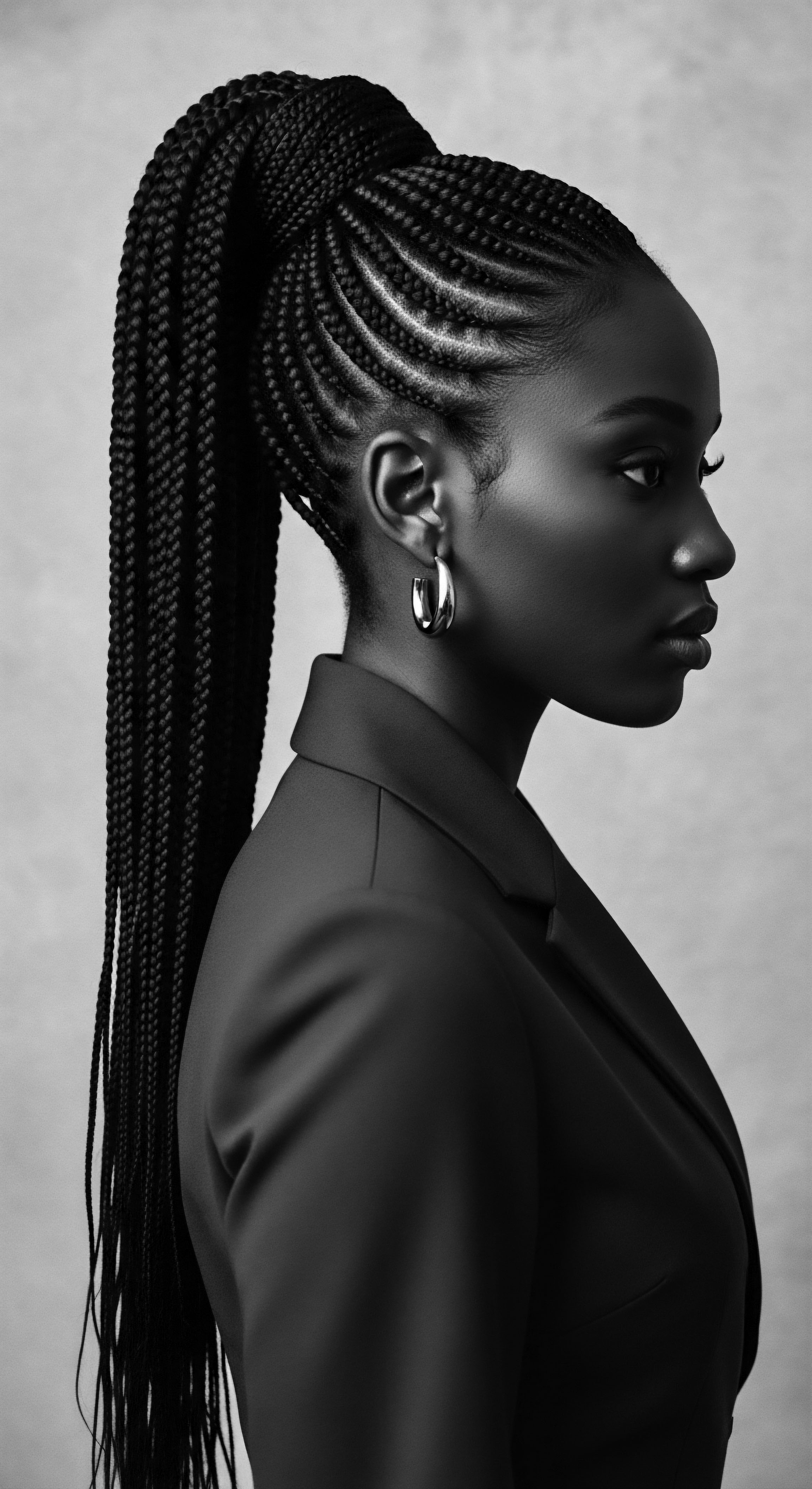
Relay
The continuity of hair care practices, particularly within textured hair traditions, represents a living relay—a transfer of wisdom from one generation to the next, adapting yet holding firm to its ancestral core. This ongoing transmission is a testament to resilience, a cultural inheritance that has navigated colonial disruption, societal pressures, and the relentless tides of modern consumerism. The plants that underpinned these regimens were not just passive ingredients; they were active participants in a holistic philosophy of well-being, where hair health was inseparable from spiritual balance and communal strength.
This journey of knowledge, extending from ancient African cosmologies to contemporary diasporic movements, challenges reductive views of beauty. It insists upon the recognition of hair as a profound marker of identity, a canvas upon which stories of resistance and self-acceptance are perpetually written. The understanding of traditional plants in this context moves beyond simple botanical classification; it becomes an inquiry into cultural survival, adaptation, and the enduring connection to the earth’s offerings.
The continuity of hair care practices within textured hair traditions represents a living relay—a transfer of wisdom from one generation to the next, adapting yet holding firm to its ancestral core.
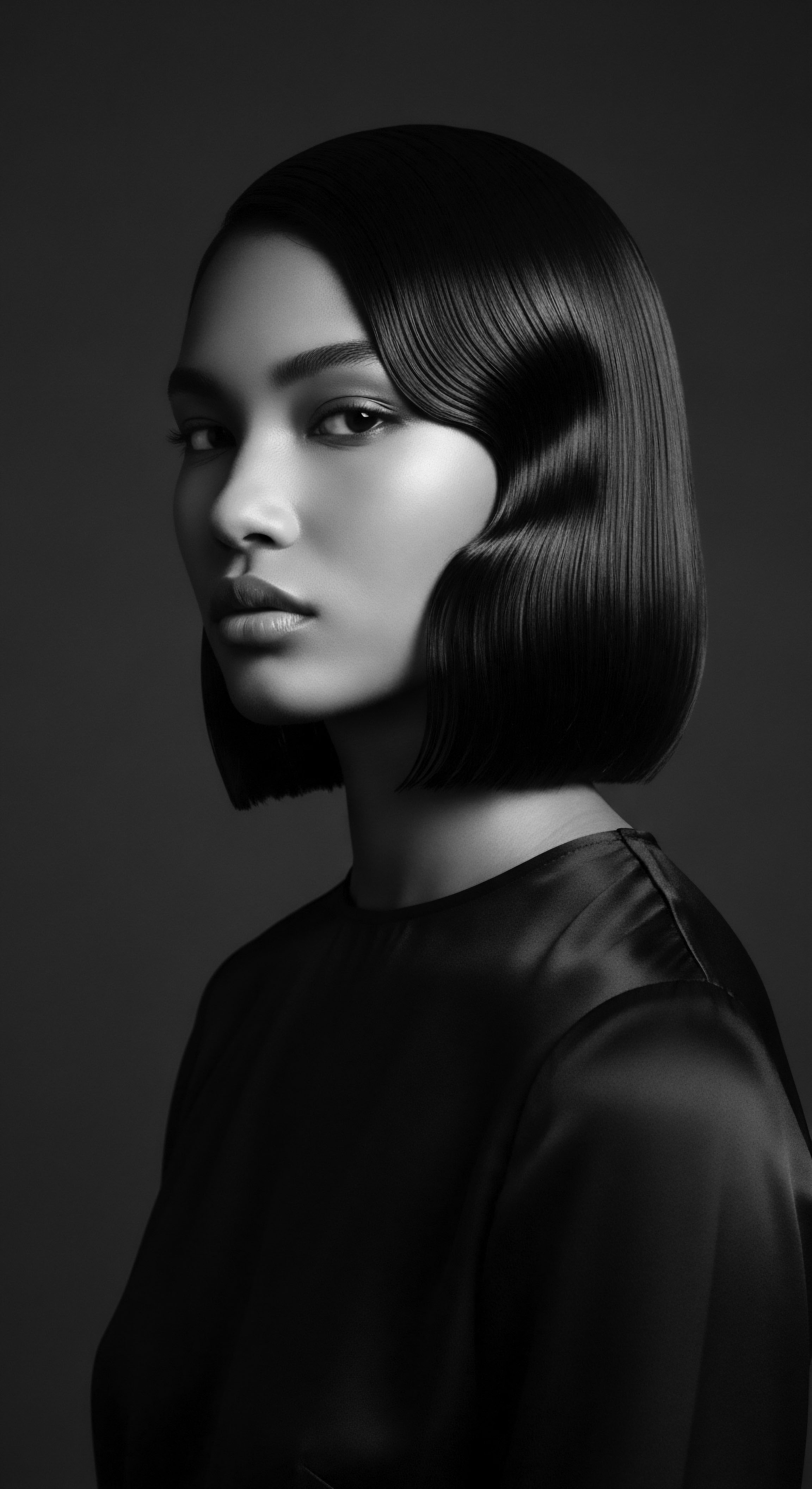
Building Personalized Regimens from Ancestral Wisdom
The concept of a “personalized hair regimen,” now a hallmark of informed self-care, finds its conceptual lineage in traditional practices. Ancestral communities understood that individual hair needs could vary, even within a family or village. They observed how hair responded to different environmental conditions, dietary changes, and even the subtle shifts of the body.
This observational science, honed over generations, informed bespoke approaches to care. A healer or a respected elder might recommend specific plant preparations based on an individual’s hair porosity, scalp condition, or even life stage.
Modern scientific study sometimes confirms these long-held beliefs. For instance, recent research on African plants used for hair treatment has identified 68 species, many of which exhibit properties relevant to issues like alopecia and dandruff. Intriguingly, 58 of these species also possess potential as antidiabetic treatments when taken orally, suggesting a broader, holistic understanding of wellness that connected internal health to external manifestations like hair vitality (Musa et al.
2024). This speaks to a profound ancestral understanding that wellness is not segmented; instead, it is a flowing continuum.

How do Ancestral Approaches Inform Modern Regimen Building?
Ancestral wisdom emphasizes a deep attunement to one’s own body and environment. This contrasts sharply with a consumer culture that often dictates universal solutions. By observing how traditional plant ingredients interacted with specific hair textures and scalp conditions, ancient practitioners developed nuanced applications.
This historical precedent encourages us today to move beyond generic product recommendations, instead seeking ingredients that harmonize with our unique hair biology, much as our ancestors did with the plants of their immediate surroundings. The communal aspect of care, where knowledge was shared and refined, also underscores the value of collective experience in tailoring effective routines.

The Nighttime Sanctuary
The ritual of nighttime hair care holds a particularly tender place in textured hair heritage. The bonnet, the scarf, the gentle plaiting before rest—these practices are not merely about preserving a style for the morning. They are acts of mindful protection, acknowledging the vulnerability of textured strands to friction, tangling, and moisture loss during sleep. These rituals are echoes of a time when hair was meticulously cared for, often seen as a crowning glory, a direct link to one’s spirit and ancestry.
Traditional plant oils, like those derived from shea or palm, were often applied before wrapping the hair at night. These applications served as overnight conditioning treatments, seeping into the hair shaft to provide deep moisture and strength. The protective wrap itself, often crafted from soft natural fibers, minimized mechanical damage, allowing the hair to rest and recuperate. This thoughtful approach to nighttime care signifies a respect for the hair’s natural cycles and a commitment to its long-term health.
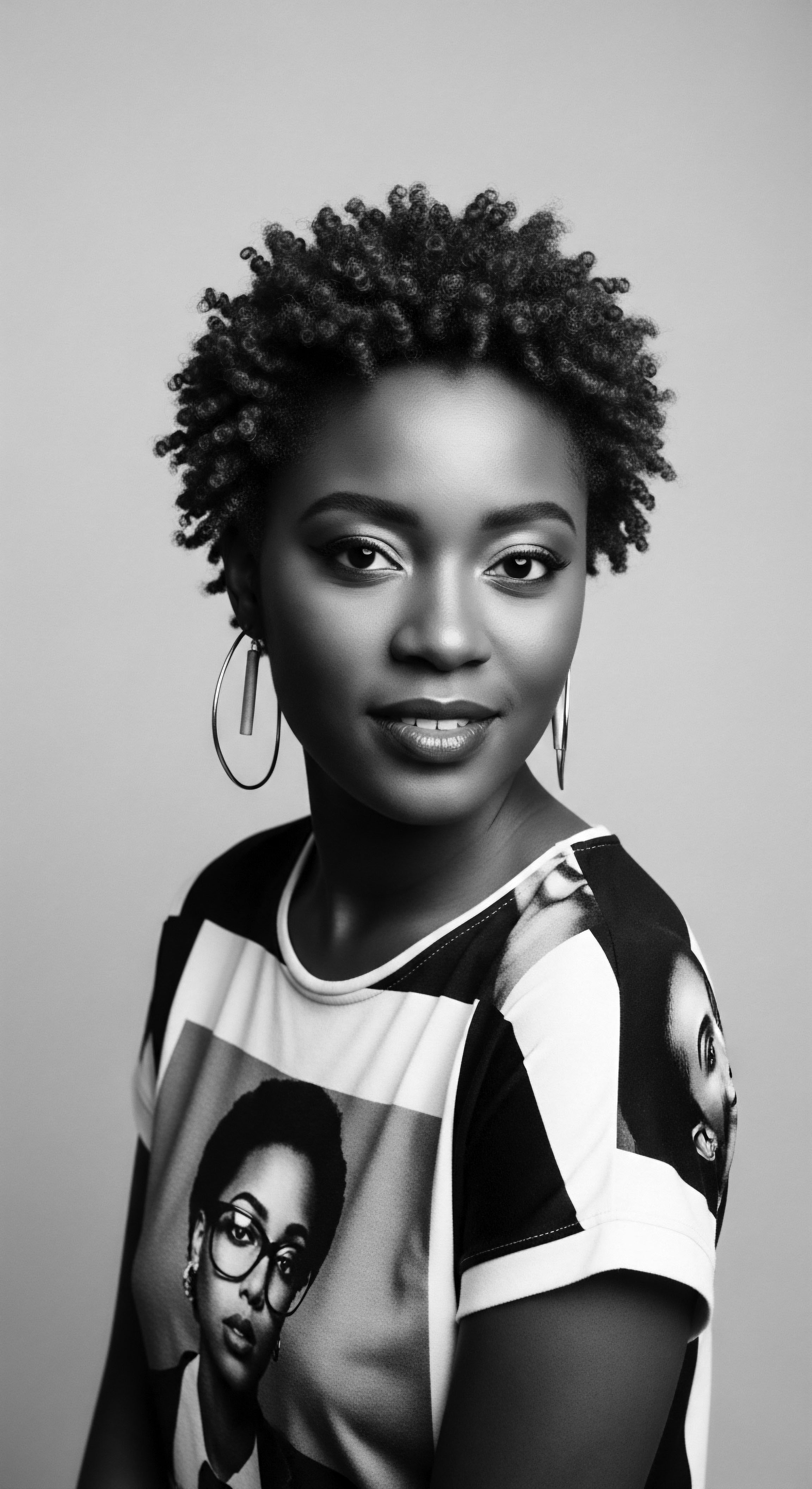
Ingredient Deep Dives for Textured Hair Needs
The plant kingdom offers a vast pharmacopoeia for textured hair, each botanical carrying its own unique profile of beneficial compounds. From the rich fatty acids in shea butter that provide a protective barrier against dehydration, to the saponins in African black soap that offer gentle cleansing, traditional ingredients were chosen for their specific actions.
- Shea Butter ❉ Vitellaria paradoxa. Its fatty acid composition, including oleic and stearic acids, allows for deep penetration and lasting moisture. It also possesses anti-inflammatory properties, soothing the scalp.
- African Black Soap ❉ A synergistic blend of plantain skins, cocoa pods, and palm tree leaves. The ash from these botanicals contributes potassium and magnesium, essential minerals that support scalp health and act as a natural exfoliant.
- Hibiscus ❉ Hibiscus rosa-sinensis. Rich in amino acids, vitamins, and alpha-hydroxy acids (AHAs), it promotes scalp circulation, conditions hair, and strengthens follicles.
- Aloe Vera ❉ Aloe barbadensis miller. Its gel is replete with enzymes, minerals, and vitamins (A, C, E, B12, folic acid) that hydrate hair, soothe irritated scalps, and balance pH.
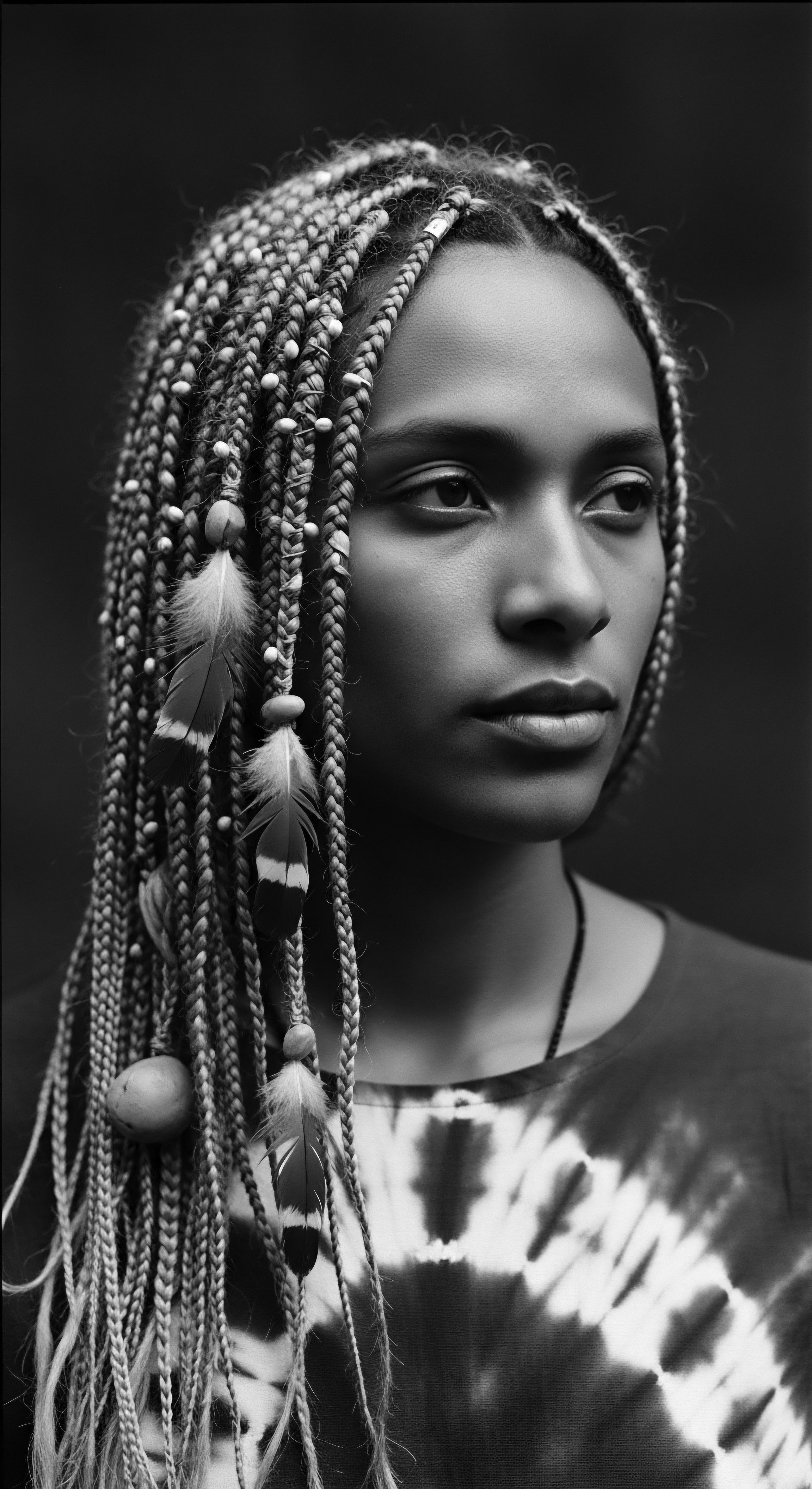
Problem Solving with Ancestral Solutions
Hair concerns like dryness, breakage, and scalp irritation are not new. Ancestral communities faced these challenges and developed ingenious plant-based solutions that predated modern dermatology. The application of soothing herbal infusions for an itchy scalp, the use of emollient plant butters to combat extreme dryness, or the strategic incorporation of strengthening herbs to minimize shedding are all testaments to this historical problem-solving acumen.
These solutions often involved a deep understanding of plant properties—which leaves had astringent qualities, which roots were demulcent, which barks provided antiseptic benefits. This knowledge was experiential, refined over generations through trial and error, and codified in shared community practices. It forms a potent reservoir of information, offering alternatives and complementary approaches to contemporary hair health issues.
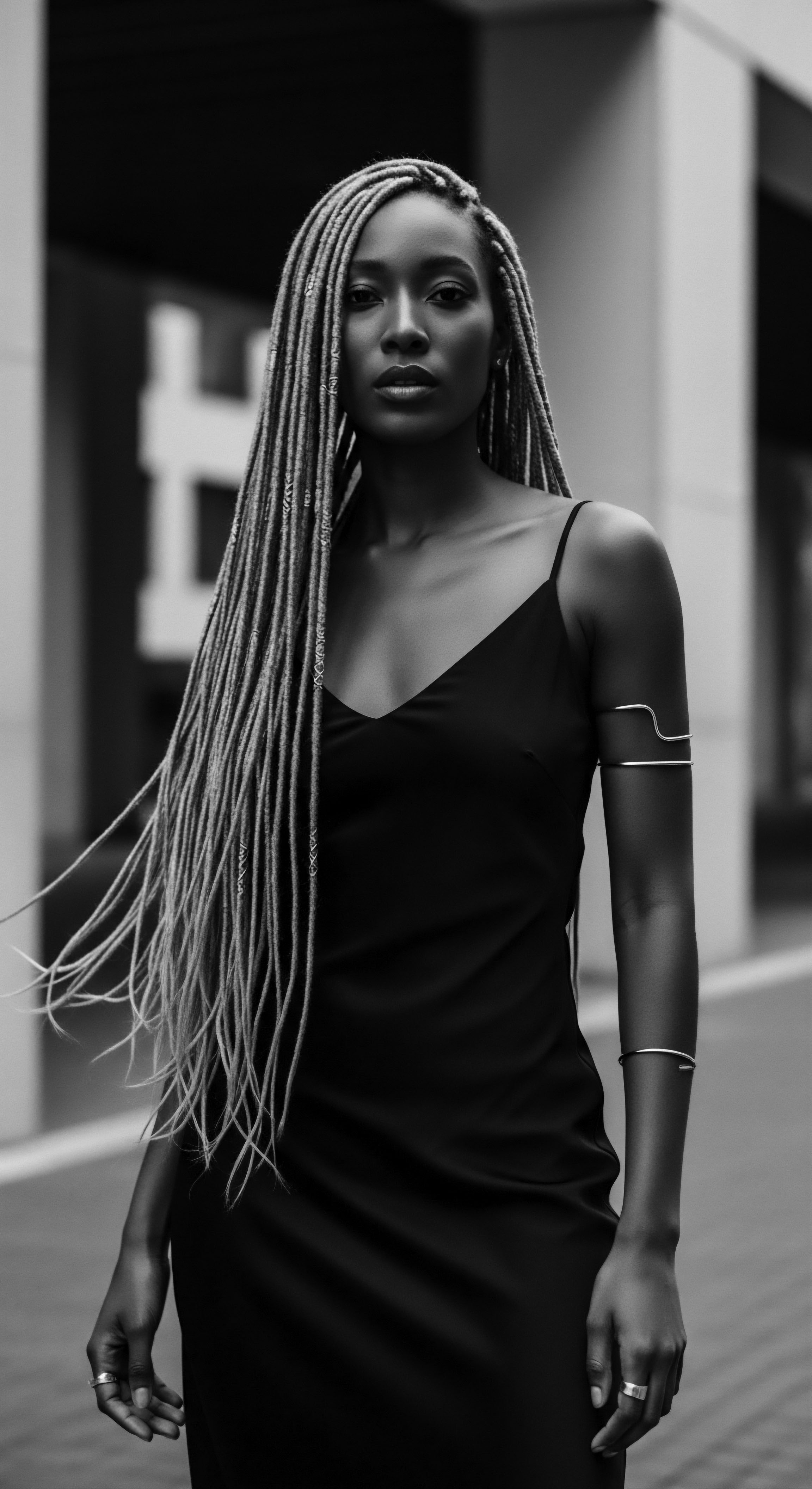
Holistic Influences on Hair Health from Ancestral Philosophies
Ancestral philosophies rarely separated the physical from the spiritual or emotional. Hair, as a visible extension of self, was seen as deeply connected to one’s overall well-being. A belief that plants held spiritual energy, or that their application could bring about not just physical healing but also spiritual cleansing, was widespread. This holistic outlook meant that hair care was not merely a cosmetic endeavor; it was an act of self-reverence, a connection to the divine, and a practice that affirmed one’s place within the community and the natural world.
The ritualistic harvesting of plants, often accompanied by prayers or songs, imbued the ingredients with intentionality. The communal application of these remedies strengthened social bonds, transforming a simple act of care into a shared cultural experience. This enduring connection between hair, health, and ancestral reverence remains a powerful force, inspiring many today to seek out plant-based solutions and traditional practices that offer more than just aesthetic improvements.
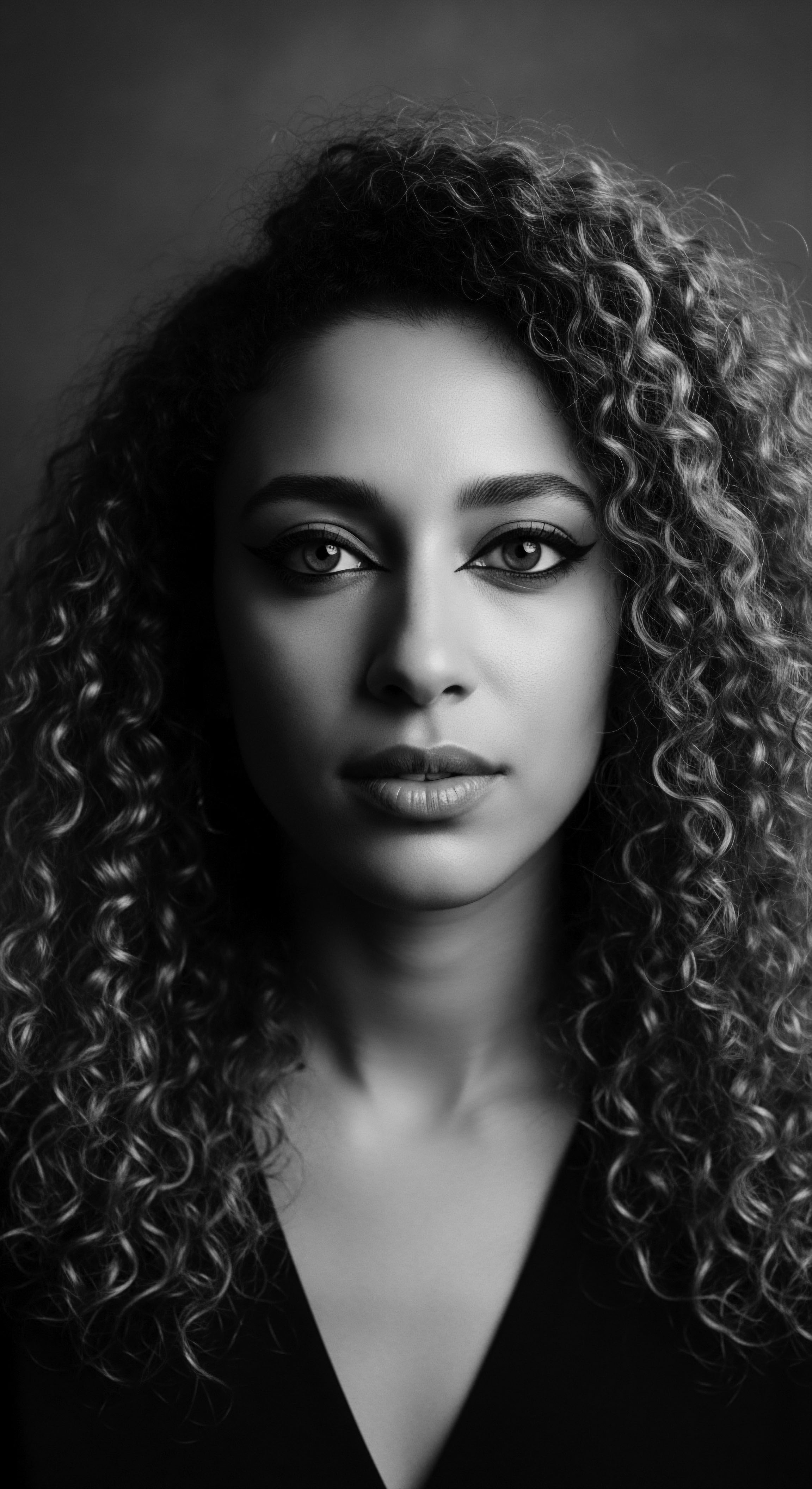
Reflection
The narrative of traditional plants in textured hair care is far from concluded; it is a living, breathing archive, constantly being revisited and reinterpreted by each new generation. As we gaze upon the intricate coils and powerful volume that define textured hair, we are reminded that its beauty is not a recent discovery, nor its care a contemporary invention. Instead, it is a continuous echo from the source, a vibrant lineage tracing back to the earliest wisdom keepers who found profound answers in the earth’s offerings. This enduring heritage, sculpted by hands that understood the intimate language of botanicals, continues to shape identity, self-perception, and collective memory within Black and mixed-race communities across the globe.
The wisdom embedded in a handful of shea butter, the cleansing power within African black soap, the conditioning touch of hibiscus—these are not just ingredients. They are conduits, connecting us to a deep past, to the resilience of ancestors who cultivated beauty and wellness against all odds. Their foresight, born of necessity and intimate observation of the natural world, laid the groundwork for a textured hair heritage that prioritizes health, strength, and authentic expression.
This rich tapestry of knowledge reminds us that true radiance stems from a place of deep respect for our origins and a conscious decision to carry forward practices that honor the unique spirit of every strand. In this unfolding story, each individual’s hair journey becomes another precious page in the boundless narrative of Roothea’s ‘Soul of a Strand,’ forever seeking harmony between ancient wisdom and the present moment.

References
- Byrd, Ayana D. and Lori L. Tharps. Hair Story ❉ Untangling the Roots of Black Hair in America. St. Martin’s Griffin, 2002.
- Musa, Abid, et al. “Cosmetopoeia of African Plants in Hair Treatment and Care ❉ Topical Nutrition and the Antidiabetic Connection?” Diversity, vol. 16, no. 2, 2024, pp. 96.
- Rovang, Dana. “The Globalization of Shea Butter.” Obscure Histories, 8 May 2024.
- “African Black Soap ❉ The Natural Wonder for Skin and Hair.” EcoFreax, 24 Aug. 2023.
- “Discovering the Origins of Shea Butter ❉ A Journey to the Heart of Africa.” 10 Feb. 2024.
- “Shea Butter.” Ciafe, 31 Jan. 2023.
- “Shea Butter Origins and Uses.” 6 Feb. 2025.
- “African Black Soap Hair and Scalp Treatment.” Nku Naturals, 16 Nov. 2023.
- “The History of African Black Soap.” Bramble Berry.
- “African Black Soap vs. Regular Soap ❉ What Makes It So Special?” African Fair Trade Society, 12 Jan. 2025.
- “The History and Cultural Significance of African Black Soap.” 13 Mar. 2023.
- “Traditional African Secrets For Long And Healthy Hair.” Africa Imports.
- “Benefits Of Hibiscus For Hair Growth.” Ningen Skin Sciences Pvt. Ltd., 18 June 2024.
- “Traditional Medicinal Uses of Hibiscus rosa-sinensis.” CiteSeerX.
- “Gudhal Plant ❉ Hair Care Hero, Medicinal Uses, and Garden Charm.” Grow Billion Trees, 12 June 2025.
- “The Phytochemical and Pharmacological Effects of Hibiscus rosa-sinensis ❉ A Review.” Journal of Pharmaceutical Research, 21 July 2023.
- “Ethnobotanical Survey of Medicinal Plants used in the Treatment and Care of Hair in Karia ba Mohamed (Northern Morocco).” International Journal of Herbal Medicine.
- “Ancient Egyptian Beauty – Henna.” Tour Egypt.
- “History of Hair Color ❉ From Ancient Egypt to Modern Innovations.” 28 Sept. 2023.
- “The colorful history of henna ❉ An ancient art that survived through the ages.” Raseef22, 16 Jan. 2023.
- “The Evolution of Combing Cremes in Brazil.” Rio Curls.
- “A Global Tour of Hair Care Practices.” MyHairSmart, 17 Mar. 2025.
- “Brazilian Hair Growth Supplement and Treatment Market Overview, 2030.” Bonafide Research.
- “Brazil’s Authentic Beauty.” Buy Brazil Store, 26 Feb. 2025.
- “Plants used for hair and skin health care by local communities of Afar, Northeastern Ethiopia.” Ethnobotany Research and Applications, 30 May 2025.
